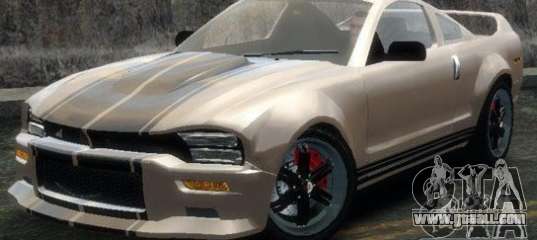

The “copy all”/“paste all” actions in this mode will precisely duplicate the copied history stack to the destination images (including any duplicate occurrences). In overwrite mode the behavior is the same except that the history of the destination image is deleted before the paste operation commences. If a particular module appears multiple times in either history stack only the last occurrence of that module will be processed. In both cases the pasted instance is placed on top of the history stack. If there is no such module, a new instance will be created. In append mode, for each module in the copied history stack, if there is a module in the destination image with the same name it will be replaced. In simple terms the “overwrite” mode deletes the previous history stack before pasting, whereas “append” concatenates the two history stacks together.Ī copied history stack can have multiple entries of the same module (with the same name or different names) and pasting behaves differently for these entries in append and overwrite modes. mode This setting defines how the paste actions behave when applied to an image that already has a history stack. paste Paste all items of a copied history stack onto all selected images. A dialog appears from which you may choose the items to paste from the source history stack. Beware: this action can not be undone! selective paste… Paste parts of a copied history stack onto all selected images. Beware: this action can not be undone! discard history Physically delete the history stack of the selected images. If any module appears multiple times in the history stack, these occurrences will be compressed into a single step in the history. compress history Compress the history stack of the selected image. You can override all of these exclusions by using “selective paste…” and choosing which modules to paste to the target image(s). The following modules are excluded from the copy operation: Information relating to internal display encoding and mask management is considered unsafe to automatically copy to other images and will therefore not be copied when using this button. If more than one image is selected, the history stack is taken from the image that was selected first. copy Copy the complete history stack from the selected image. Double-click on a history item to copy that item only and immediately close the dialog. A dialog appears from which you may choose the items to copy from the history stack. 🔗module controls selective copy… Copy parts of the history stack from the selected image. See the lighttable’s history stack module documentation for more information about the copy and paste functionality.Manipulate the history stack of one or more selected images. The following shortcuts are available to select images in the filmstrip or to perform actions on the selected images: Ctrl+A select all images in the filmstripį1 – F5 toggle color label (red, yellow, green, blue, purple)Ĭtrl+V paste all of the copied history stackĬtrl+Shift+C selectively copy the history stackĬtrl+Shift+V selectively paste from the copied history stack If you wish to select multiple images in the filmstrip, use Alt+click to select the first image, followed by either Ctrl+click to select or de-select further images, or Shift+click to select a range of images. Hover over an image on the filmstrip with your mouse to select it (in order to act on it with a keyboard shortcut) without changing the image being processed. In the darkroom, the image currently being processed is selected and highlighted. In the darkroom you can change the photo currently being processed by clicking on another image in the filmstrip. Quickly navigate through the images in the filmstrip by scrolling with the mouse. The height of the filmstrip panel can be changed by clicking and dragging its top border.

The filmstrip can be switched on and off using the shortcut Ctrl+F. The images shown are the same as those displayed in the lighttable view and are defined by the currently-selected collection. The filmstrip can be used to quickly switch between images in any darktable view.


 0 kommentar(er)
0 kommentar(er)
